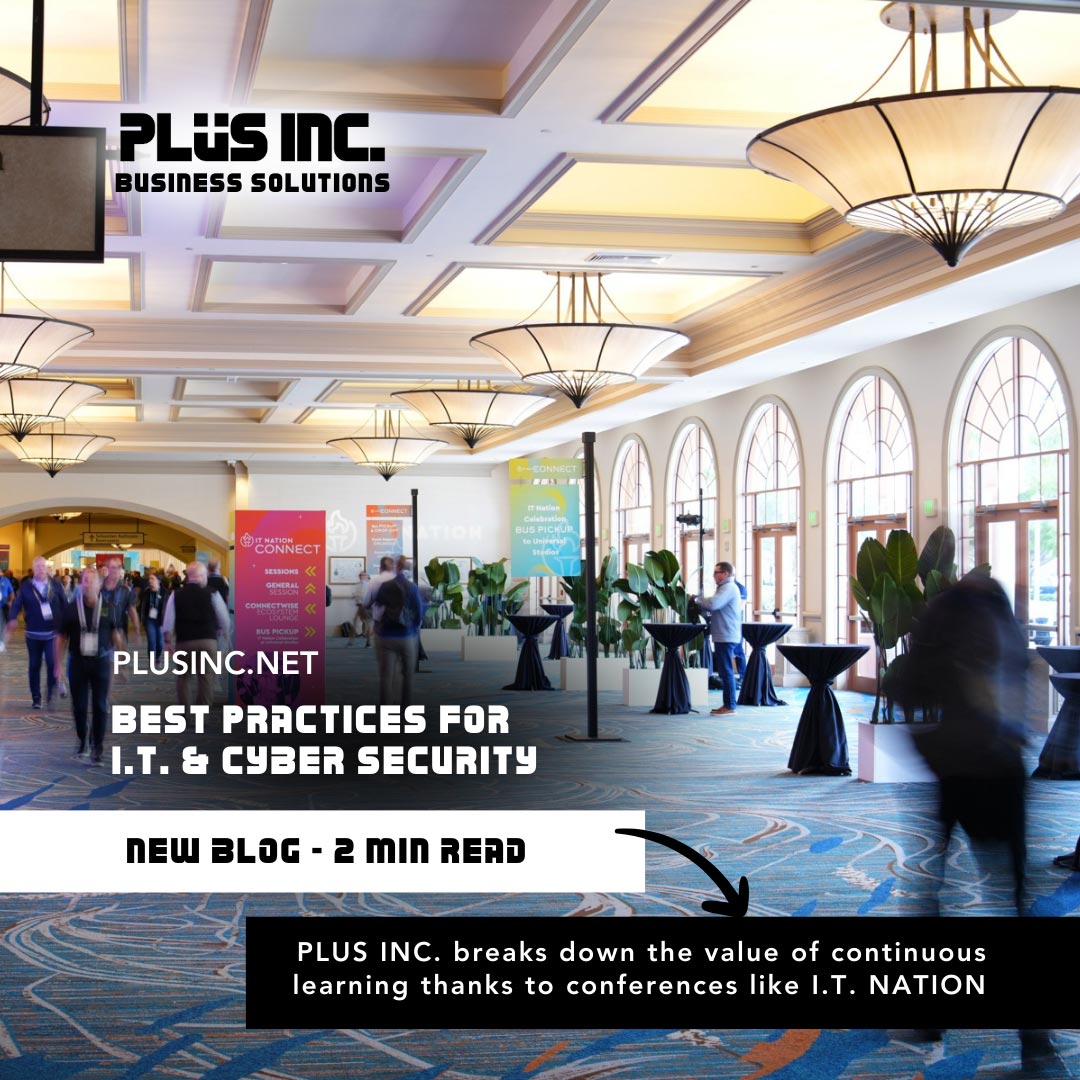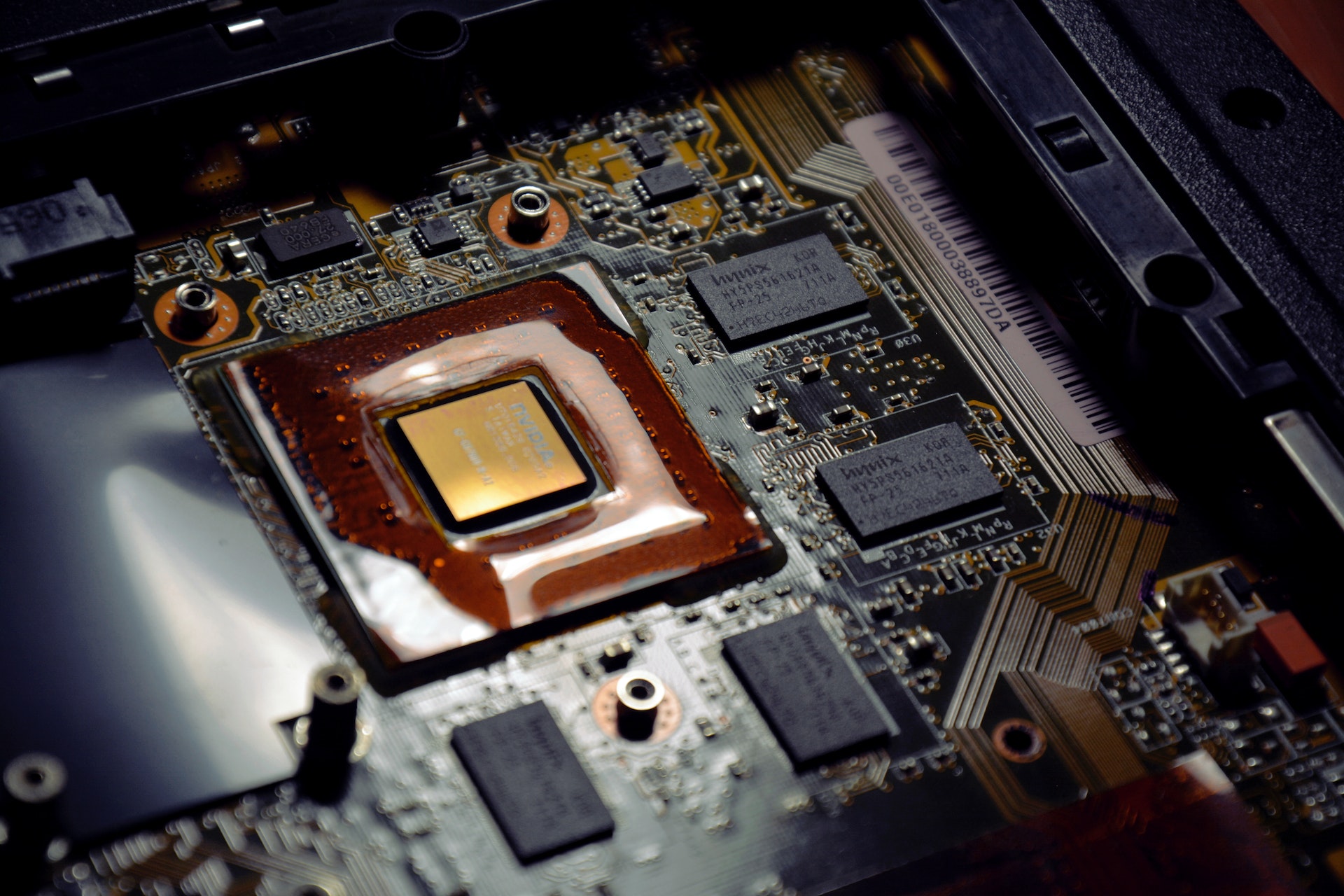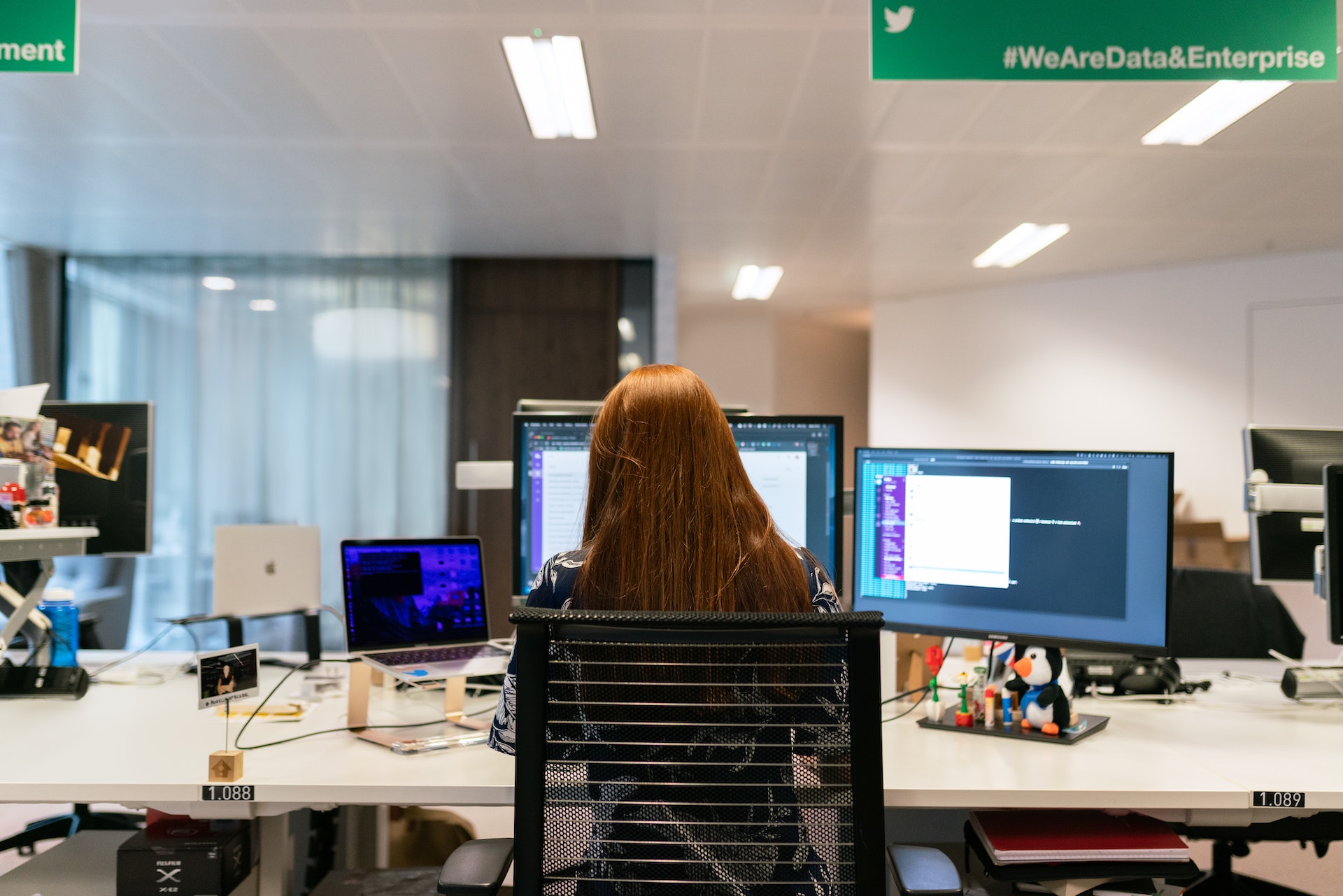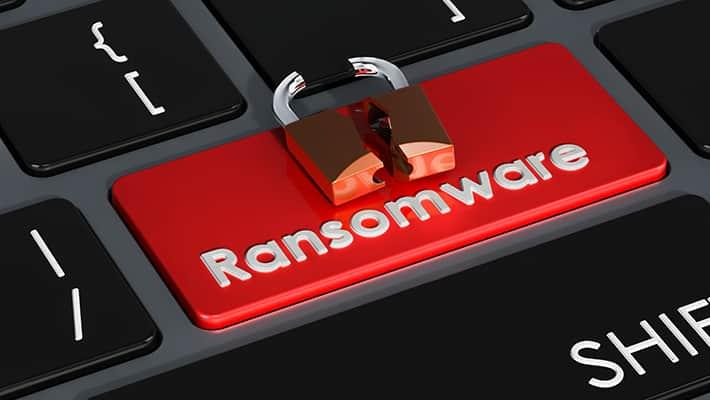
In today’s digital landscape, cybersecurity isn’t just an option; it’s a necessity. At Plus Inc., we pride ourselves on being at the forefront of IT best practices and workflow automation. Our goal: To empower businesses with seamless, secure systems that keep operations smooth, and data protected.
With cyber threats evolving daily, businesses face significant risks ranging from data breaches to prolonged downtime. Without robust cybersecurity measures, companies may experience severe financial and reputational damage. The key lies in a proactive approach: safeguarding systems with the latest practices and technology.
Top IT Best Practices
- Regular Software Updates: Ensuring that all software, from operating systems to third-party tools, is updated promptly. This helps close vulnerabilities that cybercriminals can exploit.
- Employee Training: Cybersecurity isn’t just an IT department issue; it’s an organization-wide responsibility. Regular training helps employees identify phishing scams, use secure passwords, and follow protocols.
- Multi-Factor Authentication (MFA): Implementing MFA adds an extra layer of security beyond passwords, making it more difficult for unauthorized users to gain access.
- Data Backup Solutions: Reliable backup systems ensure data can be restored in the event of loss, ransomware attacks, or natural disasters.
- Network Security: Firewalls, intrusion detection systems, and network monitoring are essential to protect against external and internal threats.
- Endpoint Security: Ensuring that all devices connected to the business network are protected with advanced antivirus and endpoint detection and response solutions.
How Plus Inc Follows These Best Practices
As a company that has been around since 1953, when technology evolves, we evolve with it. This is why we are constantly investing in our team and continuous education on cutting-edge cybersecurity practices. This allows us to offer our clients the most up-to-date and effective solutions. Recently we attended IT Nation, a cybersecurity conference for Technology Service Providers (TSPs) to secure both our own operations as well as the operations of our clients.
At Plus Inc., we routinely reassess our strategies, integrate new technologies, and enhance our service offerings to ensure your business is protected and running at peak efficiency.
Whether you need to upgrade your workflow automation or enhance your cybersecurity framework, Plus Inc. stands ready as your dedicated partner. From tailored IT solutions to robust disaster recovery plans, we help safeguard your business and give you peace of mind.
Are you ready to transform your IT practices and strengthen your business? Contact Plus Inc. today for an IT consultation and see how we can elevate your workflow while protecting your critical data.








